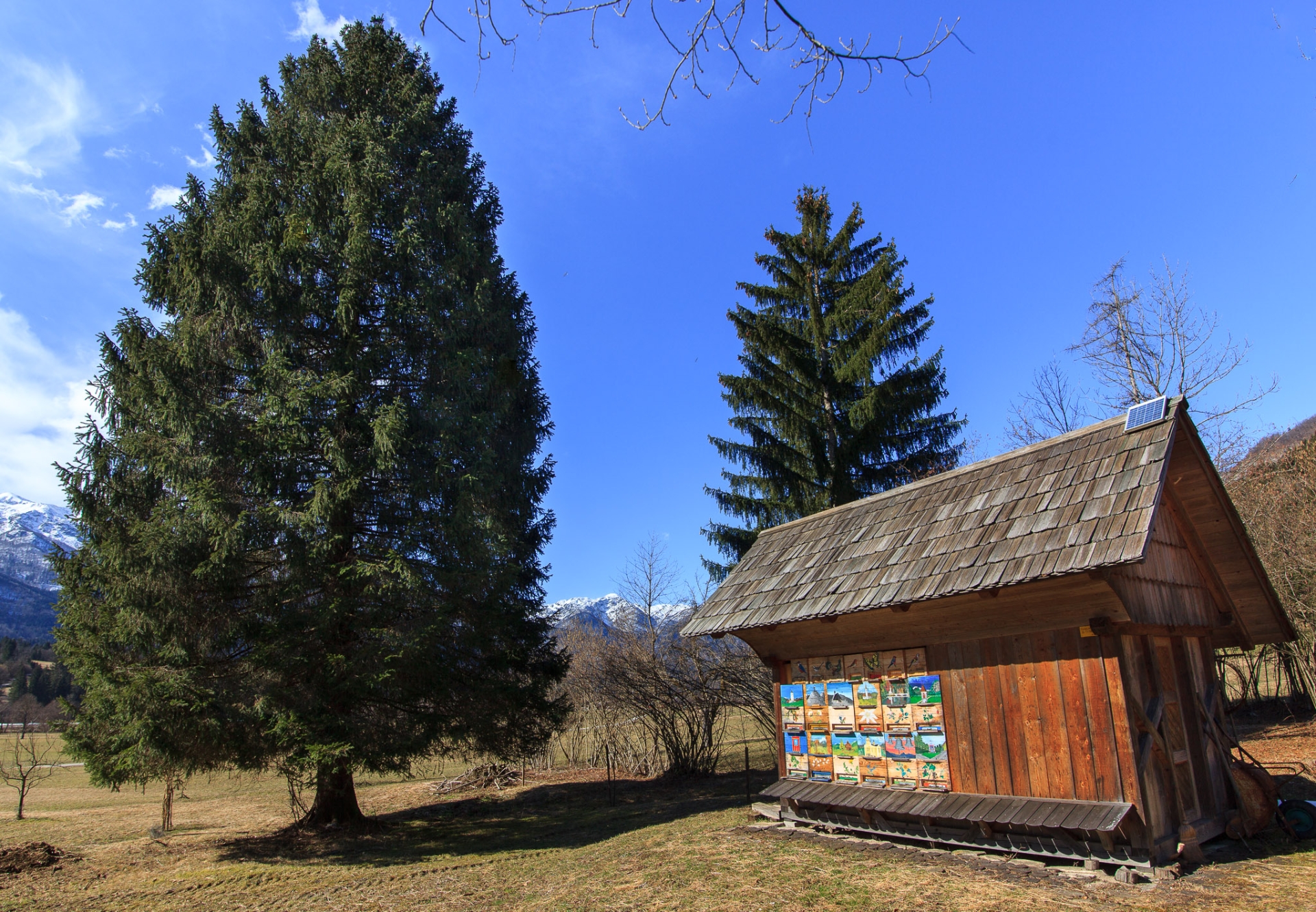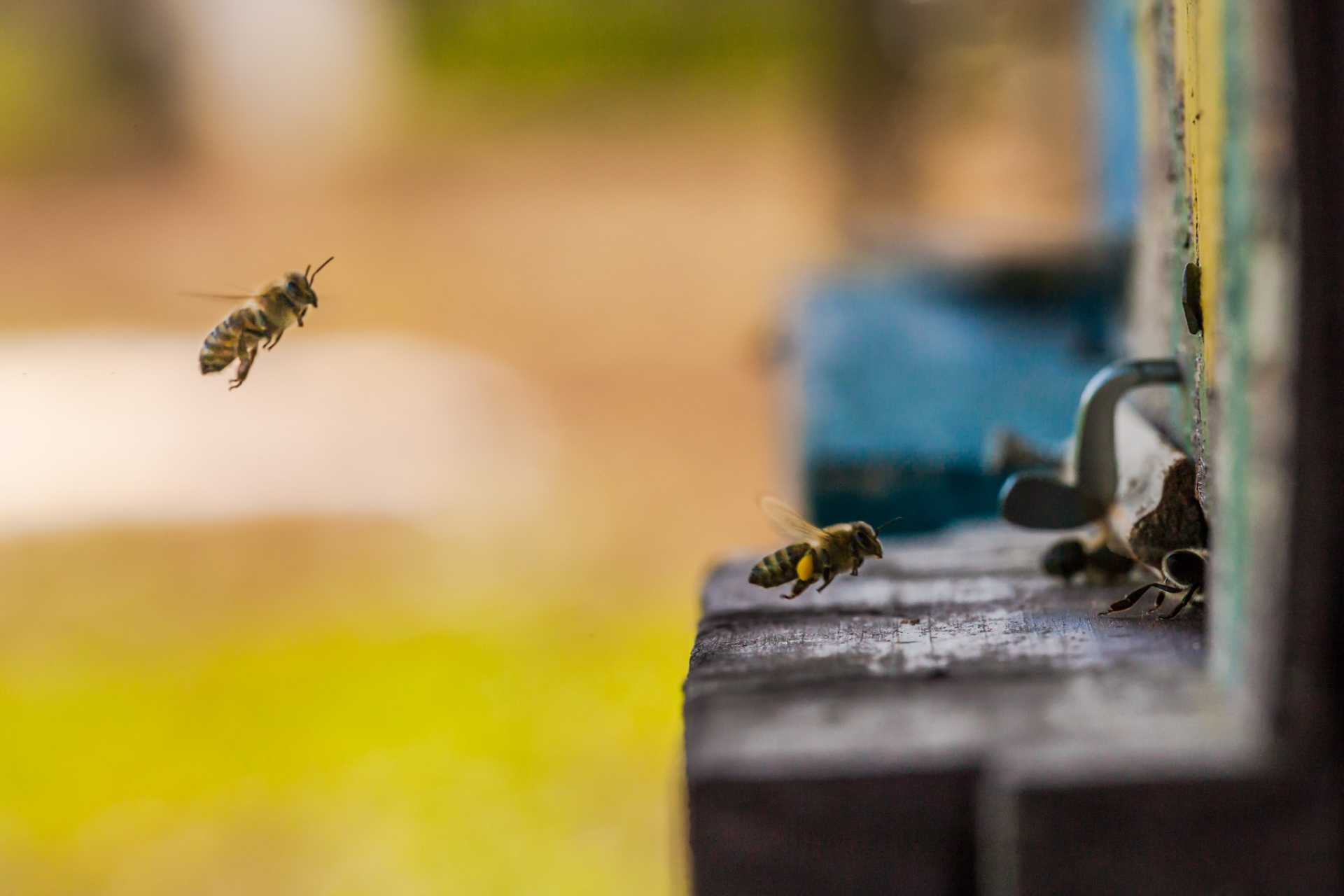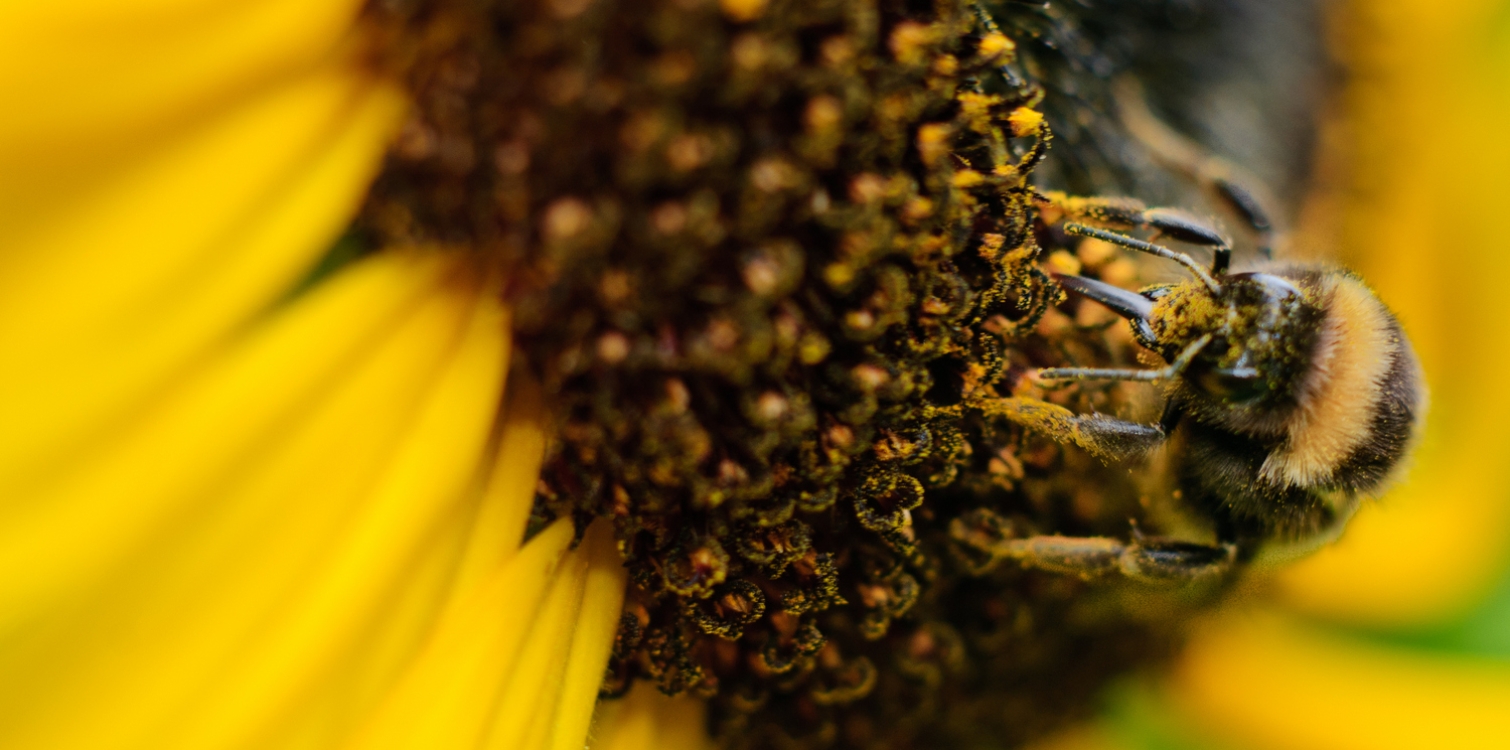In the distant past, bees lived only in the wild and in natural habitats. They made their nests in tree hollows, rock crevices, caves... and built honeycombs. In their search for food, prehistoric man soon discovered the bees' product - honey.
Honey was originally used by man as a food and sweetener. He soon realised that honey also had many healing properties and that beeswax could be used to make candles. He began to think about how to bring bees closer to his home. This led to the creation of the first beehives, which are characteristic of the Slovenian cultural landscape. Beekeeping developed into one of the oldest agricultural practices.
In Slovenia, beekeeping has a rich tradition and was considered a very important agricultural activity even in the past. At the same time, a rich Slovenian beekeeping cultural heritage also developed.

Humans have improved the habitats of bees. They began to create various types of hives from straw, wooden boards, and wicker. In the second half of the 19th century, beekeeping in Slovenia was predominantly done in Carniolan hives—known as 'Kranjič'. These are simple, low wooden hives, some of which have been preserved to this day.
The Slovenian hive - 'Kranjič', was used in various regions such as Gorenjska, Dolenjska, Notranjska, Primorska, Štajerska, and Koroška. In the Pannonian plain, where there is little wood, Kranjič hives were not used. The Kranjič is the precursor to modern hives with removable combs.
A distinctive feature of Slovenian beekeeping is the painted beehive panels. These painted panels cover the hives. The first painted panels appeared in the second half of the 18th century. Initially, painting started in Gorenjska and then quickly spread throughout the 19th century. By the early 20th century, the art of painting beehive panels began to slowly decline.

Beekeeping and candle-making are crafts with a history of over 1300 years. Part of Slovenian cultural heritage includes products which are decorated items made from honey dough. Among these, the most famous are the honeybread hearts. The honeybreads are imprinted and cut out the desired shapes and then baked or dried. Once baked, the dough is beautifully colored and decorated with a colored sugar mixture. Various designs, love and other verses, and small mirrors are attached to it.
Among the different types of gingerbread are also 'Dražgoška' bread, which has handmade decorations. The oldest forms are the decorated heart and the 'kranjček.' On Epiphany (January 6), boys and girls would exchange 'Dražgoška' bread. This day was sometimes considered a holiday for single girls, and the Three Kings were believed to be successful intermediaries in arranging marriages.
DID YOU KNOW?
-
Beehive panels were also been painted by many well-known Slovenian painters.
-
The Beekeeping Museum in Radovljica holds almost 800 painted beehive panels. The Slovenian Ethnographic Museum has the second largest collection.
-
Traditional Slovenian crafts are still alive in the old town center of Radovljica. In the cellar of the Lectar on Linhart Square, you will be enchanted by the delightful aroma of authentic 'lect' hearts (honeybread hearts). There is also a museum of lectar craftsmanship.
-
Even today, many beekeepers choose to keep bees in hives with painted beehive panels, while others simply paint the panels in a single color. The different colors on neighboring hives help bees find their own hive more easily and prevent them from accidentally entering a neighboring one.
-
That humans discovered honey very early is evidenced by a drawing on the wall of the Spider Cave in eastern Spain, dating back around 20,000 years. It depicts a woman pulling honeycomb from a beehive, surrounded by many flying bees.
Thank you.

